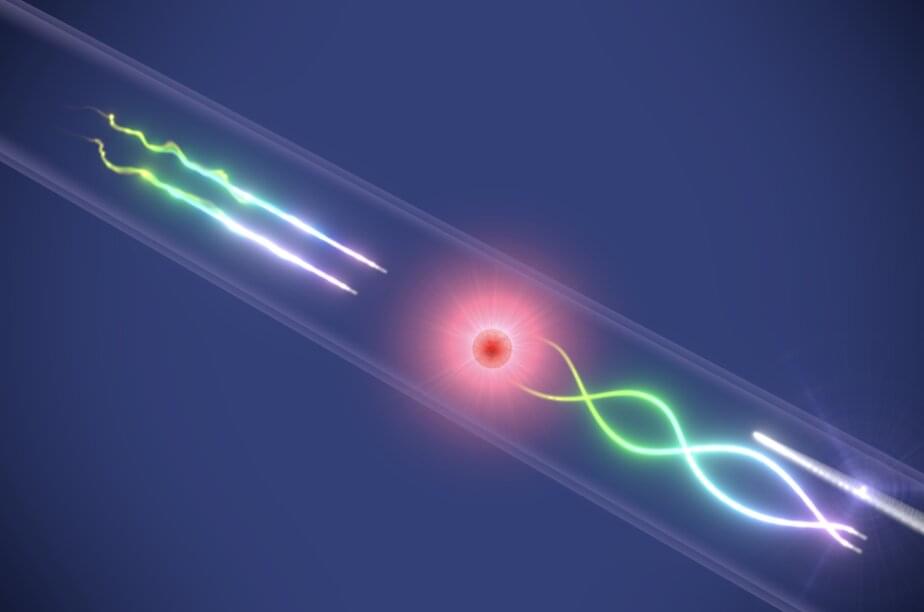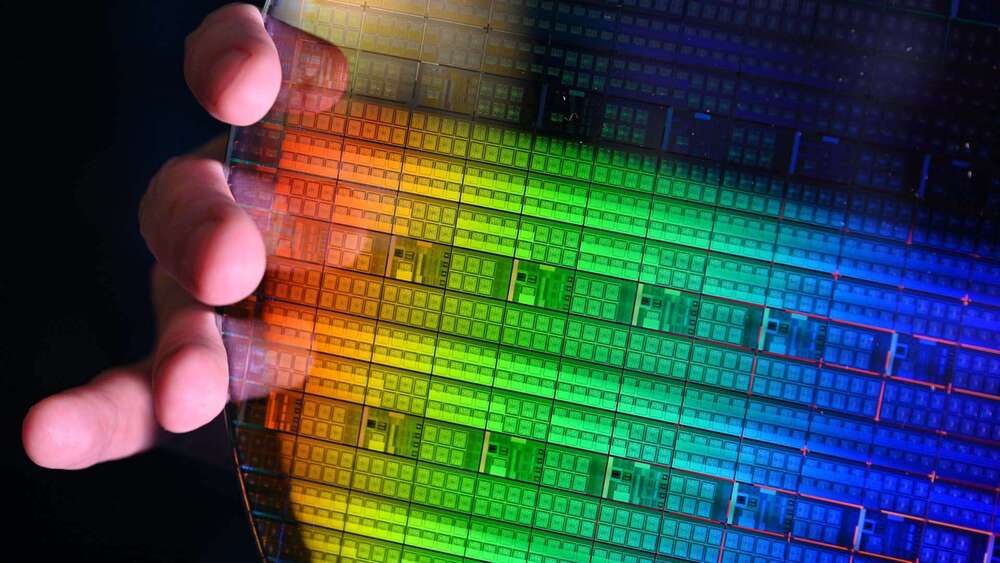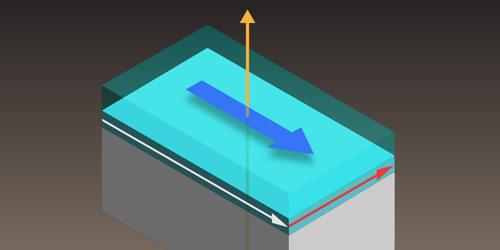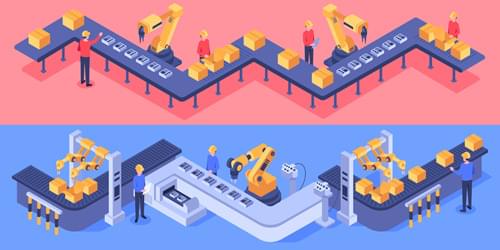Oct 7, 2022
Hawking’s black hole paradox explained
Posted by Dan Breeden in categories: cosmology, media & arts, particle physics, quantum physics
Today, one of the biggest paradoxes in the universe threatens to unravel modern science: the black hole information paradox. Every object in the universe is composed of particles with unique quantum properties and even if an object is destroyed, its quantum information is never permanently deleted. But what happens to that information when an object enters a black hole? Fabio Pacucci investigates. [Directed by Artrake Studio, narrated by Addison Anderson, music by WORKPLAYWORK / Cem Misirlioglu].

















